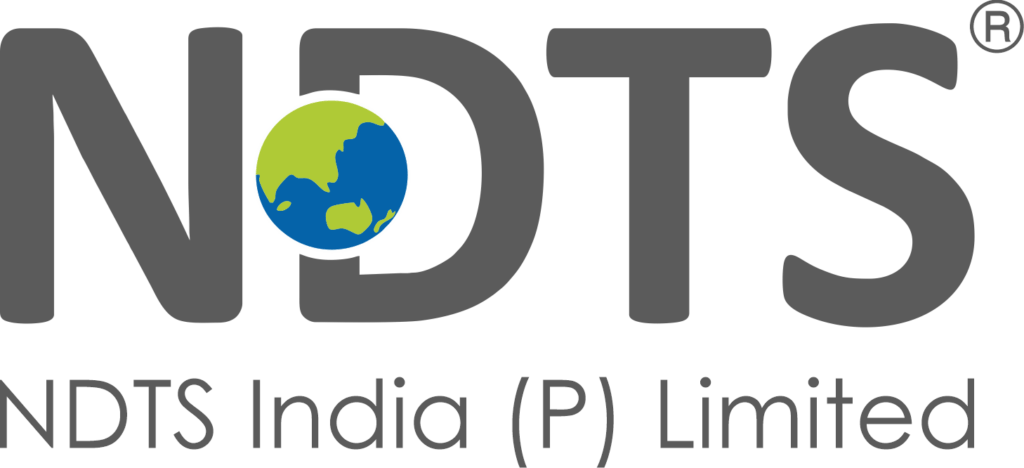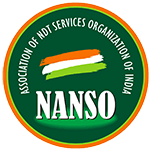Visual Inspection, also known as Visual Testing (VT), is the oldest, most versatile, and most commonly used non-destructive test (NDT) method. Used alone or in conjunction with other test methods, qualified visual inspection is a reliable and highly cost-effective tool for quality control. It is simple, easy to apply, quickly carried out and usually low in cost. The basic principle used in visual inspection is to illuminate the test specimen with light and examine the specimen with the eye. In many instances aids are used to assist in the examination. Visual inspection can be used for internal and external surface inspection of a variety of equipment types, including storage tanks, pressure vessels, piping, and other equipment.














